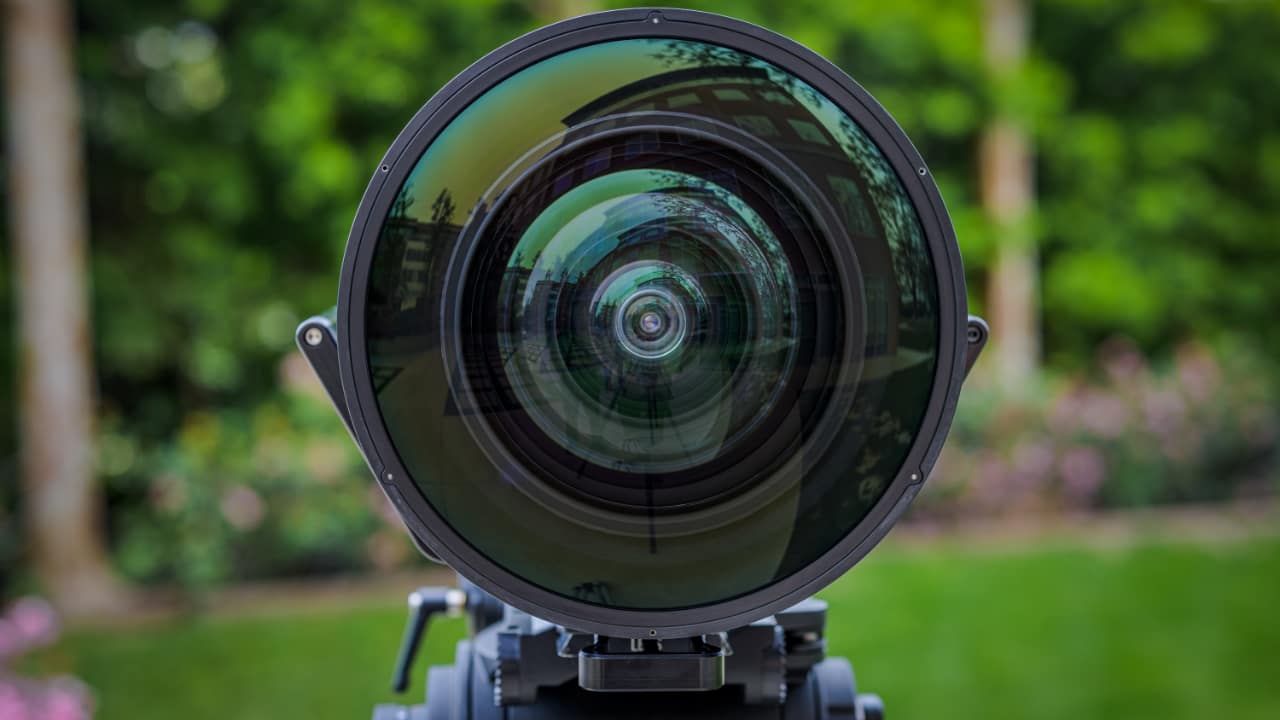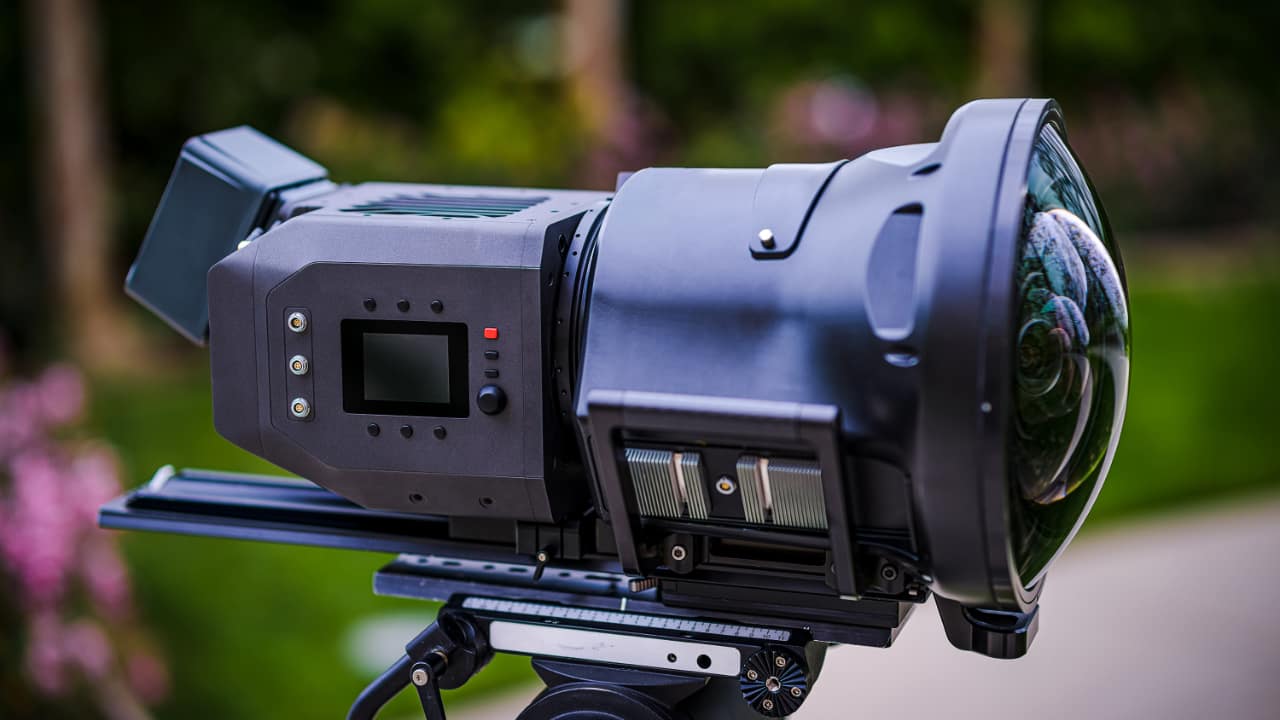
As part of the push to create content for the forthcoming Las Vegas Sphere, the company behind it has developed a crazily high resolution specialist camera, the Big Sky.
If you’ve not come across the Las Vegas MSG Sphere yet, you will as we get closer to its grand opening in the autumn. Everything about it is massive, from the 160,000-square-foot, 16K-by-16K wraparound LED display, custom spatial audio system and 17,5000 haptic seats and environmental effects, to the rumoured $2.175 billion budget, to the opening residency from no less than U2. And now it has a camera to match in the shape of the Big Sky which features a truly Brobdingnagian 18K sensor.
News of the camera broke as part of a story announcing the launch of Sphere Studios, a specialised outfit to create content for the leviathan screen. Based in Burbank, the new studio campus includes development facilities; production, editing and post-production suites; sound stages for mixing spatial audio; and camera and 3D printing labs. It is home to what it calls Big Dome, a 28,000-square-foot, 100-foot high custom geodesic dome with a quarter-sized version of the screen at Sphere in Las Vegas for screening and developing content.
Let that sink in a bit: it’s massive and it’s still only a quarter of the size of the coming Sphere.

To generate content for such large screens demands specialist kit. The ACHTEL 9x7 meets the deliverables criteria, and a custom circular rig that lashed together 11 Red Monstro 8K cameras was also used for test footage. This, as you can imagine, was reported as rather unwieldy.
Which brings us by way of an always welcome Kate Bush ear worm, to the Big Sky camera. Sphere says that every aspect of Big Sky represents “a significant advancement on current state-of-the-art cinema camera systems.” Certainly it has the largest image sensor in commercial use; a 316-megapixel, 3” x 3” HDR 18K square image sensor capable of what the company says is a 40x resolution increase over 4K cameras and providing more than enough resolution to fill Sphere’s 16K x 16K immersive display plane from edge to edge.
The figures are unsurprisingly impressive. Big Sky can capture content up to 120 frames per second at the 18K square format and higher speed frame rates at lower resolutions. Its tethered media recorder can absorb full resolution, 60fps, uncompressed RAW footage at 30 Gigabytes/second, or 120fps at 50 Gigabytes/second to its custom 32 terabyte media magazines. The media recorder is capable of handling 600 Gigabits/second of network connectivity, as well as built-in media duplication, to accelerate and simplify on-set and post-production workflows.
SphereLab, an internally developed image processing software, was created specifically for Big Sky, and utilizes GPU accelerated RAW processing to make the workflow of capturing and delivering content to the Sphere’s ultra-high resolution screen practical and efficient.
It uses a single-lens system and currently has two available lenses with 150- or 165-degree fields of view, with more in development and a program to be able to use existing glass underway. Indeed, PetaPixel reports that v2.5 of the camera is currently in development, with the current v2 version weighing a little over 60lbs (27kg) with the lens. The goal is to halve that, much of which will be down to that lens development program.
Sphere hasn’t revealed how much the camera cost to develop. Nor how much it intends to invest annually in content, but it says it has nearly a dozen Big Sky cameras available for filming and it has been showing its system to Hollywood directors. The first project to use the Big Sky camera will be the Darren Aronofsky-helmed Postcards From Earth, an immersive experience scheduled to premiere on 6 October at the Sphere.
Tags: Production


Comments